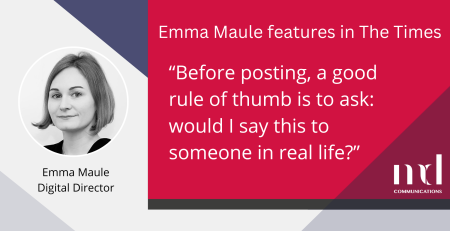Whilst social media has instigated something of a revolution with respect to marketing, it would seem that this is not the only effect the likes of Facebook and Twitter are having on the business world. A recent social media seminar that was reported in the Evening Standard looked at the way in which social media is breaking down traditional structures adopted by most businesses and opening up the channels of communication, not only between the business and the public, but also between those at the top of the chain and employees from the lower echelons too. For those industries that rely on hierarchy this presents a significant challenge as such progression could, potentially, see these entrenched attitudes to the corporate ladder challenged – something that is unlikely to be an attractive prospect for those half way up or already at the top.
What social media does is effectively give those at the bottom of the company food chain the chance to communicate with those at the top – for the first time providing them with a voice and stepping over tiers of middle management in between. Of course for many organisations – in particular many of those in the legal sector – this goes against years of tradition that have relied on hierarchy in order to enforce specific progression and control. Are we now likely to see the breaking down of these traditional types of hierarchies and, if so, what is likely to replace them?
Social media really is proving to be a leveler in more ways than one. Its arrival into the promotional arena of the business world essentially opened the door for organisations to promote and PR their own offerings without having to pay another business to do it for them. This removed the advantage for those with huge marketing budgets and broke down the traditional scenario that the biggest budgets meant the most innovative marketing campaigns, at least to a certain extent. Now, apparently, the same is beginning to happen within businesses themselves as top down power structures are challenged via Twitter and Social media simply by opening up the channels of communication that were previously controlled by middle management.
Anyone who has ever worked within the legal profession knows how solid the hierarchy is. This kind of talk back via social media – and its implications for business organisation – most likely will not sit well within a structure where top down command and control is key. However, some speculate that those businesses that will not adapt their hierarchies could well find themselves less resilient and less successful than those that do. It is also worth noting that what many might see as a destructive crushing of tradition could in reality provide new ways to introduce innovation, creativity and foresight from voices that were previously ignored. Given the challenges that the legal profession currently faces, particularly with respect to accusations of being outdated, restrictive and insular, this kind of change could be exactly what it needs.











